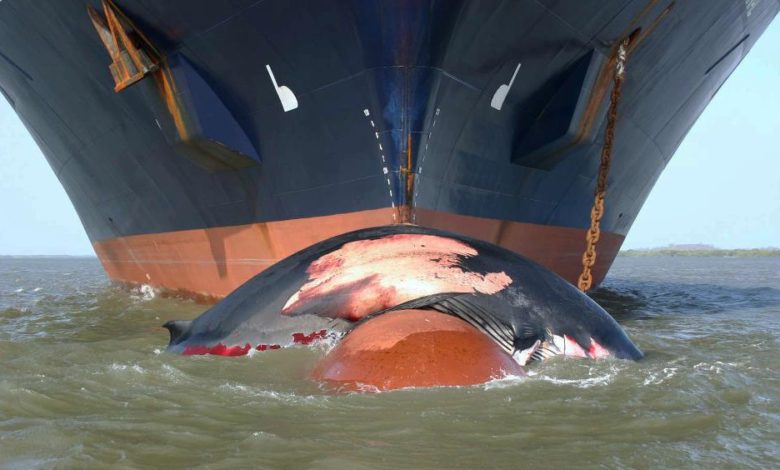Routing for whales

Natasha Brown, media and communications officer at the International Maritime Organization, writes for Splash on global efforts to spare whales from passing ships.
In a whale versus ship scenario, the whale would undoubtedly come off worst. Ship strikes may be lethal and could seriously impact a threatened species if strikes occur during the breeding season.
Thankfully, a number of measures to protect whales and other cetaceans from shipping have been adopted by the International Maritime Organization (IMO), the United Nations agency with responsibility for safety and security of international shipping and the protection of the marine environment.
“IMO has a remit to protect the environment from the adverse impacts of shipping – and that includes safeguarding endangered species, such as whales and other cetaceans, from harm,” says Stefan Micallef, director, Marine Environment Division, IMO.
The first routeing measures to prevent ship-to-ship collisions were introduced in the 1960s and observance of traffic separation schemes was made mandatory in the 1970s. Ship reporting systems, which oblige ships to report in to a coastal authority, became mandatory in 1996. Mandatory reporting systems provide for the coastal state to monitor ships, particularly those carrying dangerous cargoes, and offer navigational and other information to the ship. These measures have greatly reduced ship casualties due to collision, thereby reducing loss of life and preventing oil spills – and they have also reduced mammal strikes.
In 1998, the United States submitted a proposal to establish two mandatory ship reporting systems, solely for the purpose of protecting the endangered North Atlantic right whale. The system would oblige ships to report when they entered specified areas, so that they could be provided with timely information about right whales and their vulnerability, as they entered key feeding and nursery habitats.
It was a new concept for IMO, but one embraced wholeheartedly by the organization’s member states. The IMO’s Maritime Safety Committee adopted the new reporting system by consensus. It was, said one delegate, “the right time, to do the right thing, for the right whale”.
The reporting systems cover two regions off the eastern United States coast, one off the state of Massachusetts operating year-round and one off the states of Georgia and Florida, operational annually from 15 November through 15 April.
The mandatory reporting scheme was followed by other related measures to protect the right whale.
In 2002, IMO adopted amendments to the traffic separation scheme (TSS) in the Bay of Fundy and approaches (east coast of Canada) in order to reduce ship strikes, moving the traffic lanes of the TSS from an area with the highest density of right whales to an area where there is a lower density.
Amendments to existing TSSs in the approach to Boston, Massachusetts (2006) narrowed traffic lanes and moved ships into an area with a substantially lower density of right and other whales. This was followed by the adoption, in 2008, of a recommendatory seasonal ‘area to be avoided’ by ships of 300 gross tonnage and above, off Cape Cod, to significantly reduce ship strikes from 1 April through to 31 July.
The success of these measures was highlighted in a recent study, which showed that declines in shipping activity have likely resulted in lowered collision risks for right whales. And, as a bonus, reduced their exposure to underwater noise from ships.
In the Pacific Ocean, blue, fin and humpback whales run the risk of collision with ships. In November 2012, IMO adopted amendments to TSSs off the west coast of United States, to decrease the likelihood of commercial vessels coming into close contact with endangered blue, fin and humpback whales off San Francisco and to reduce the likelihood of ship strike deaths and serious injuries to blue whales and other whales in the Santa Barbara Channel and in the approaches to Los Angeles – Long Beach.
In 2014, IMO agreed a recommendation for ships to reduce speed to 10 knots, off the Pacific coast of Panama, from 1 August to 30 November every year, to help reduce the risk of lethal strikes with cetaceans.
IMO has also issued a guidance document for minimizing the risk of ship strikes with cetaceans, which sets out actions that States can take to prevent ship strikes, including routeing and reporting measures or speed restrictions. Guidance on reducing underwater noise from commercial shipping, to address adverse impacts on marine life, was issued in 2014.
IMO is currently supporting other countries to submit proposals to protect sensitive marine environments, including in south-east Asia, and is working with Sri Lanka to develop a proposal to amend ships routeing systems specifically to protect whales.
